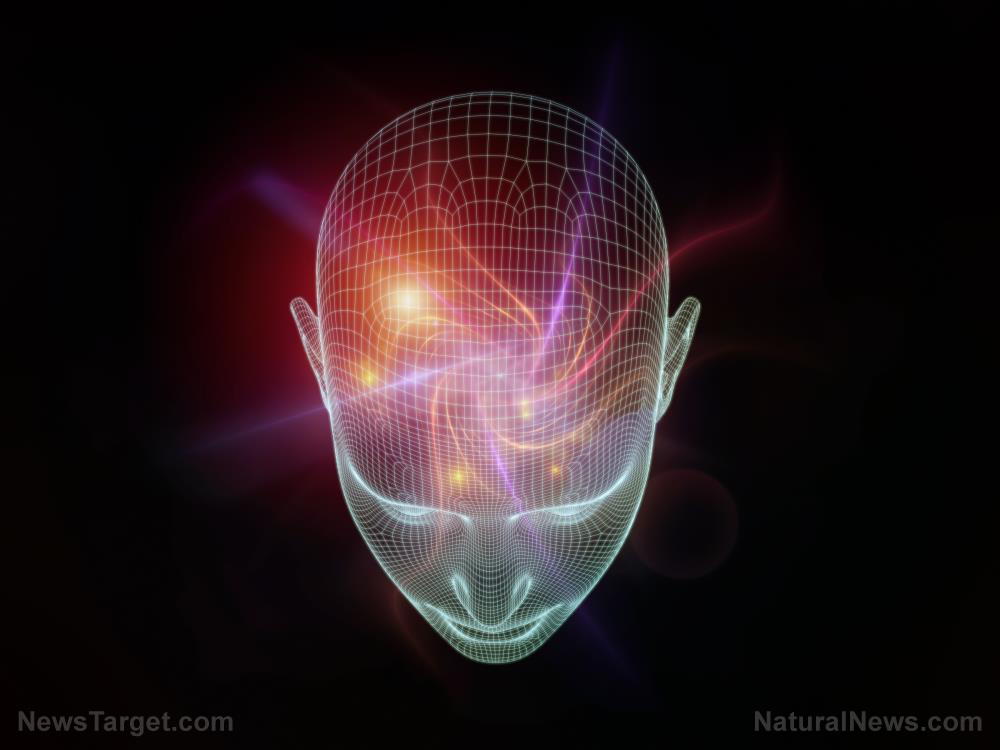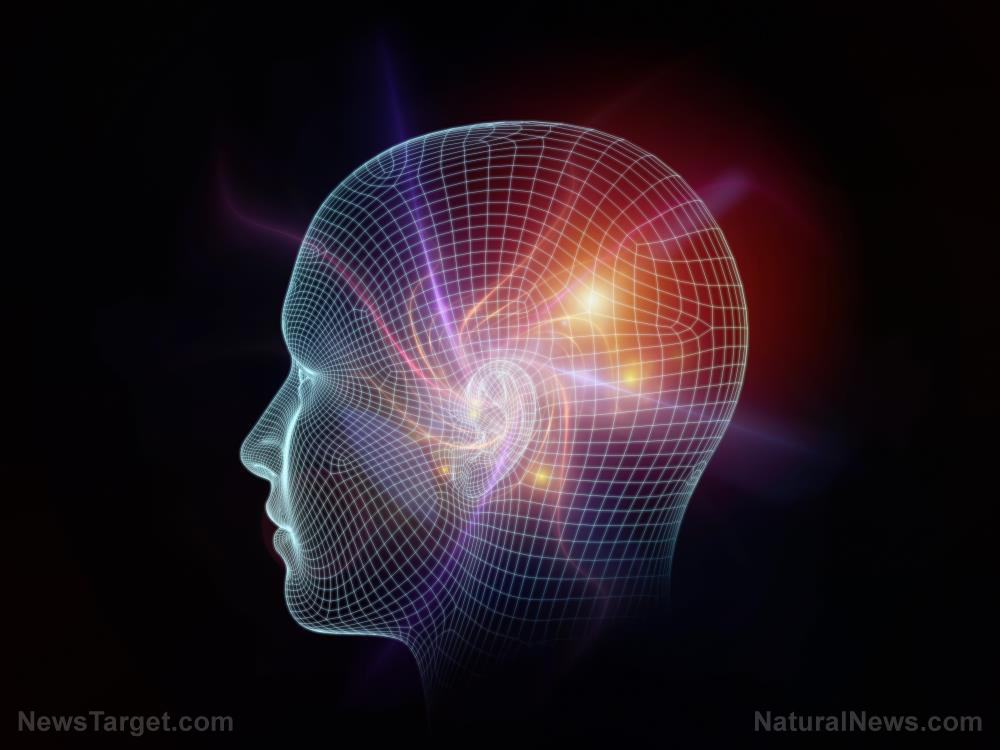Pain got you down? Researchers find certain regions in the brain are involved in both pain and depressive mood
01/06/2020 / By Edsel Cook

It turns out, the regions that handle pain are also the ones involved with depression, building on evidence that people with depression have a higher sensitivity to pain, even from minor injuries that shouldn’t hurt.
Earlier studies have suggested that people with depression do not have full control of their ruminative thought processes, linking this to weakened activity levels in the mood-regulating parts of the brain.
For this study, researchers from UC San Diego Health looked into the mood-regulating parts of the brain and found which areas affected, drove and controlled depression. Further, they identified the relationship between the mood-regulating brain parts and a person’s ability to perceive pain.
The team published their findings in the science journal PAIN. (Related: Beat depression with these 14 natural remedies.)
How does the brain handle both depression and pain?
Researchers identified the parts of the brain that played roles in both depression and pain, in particular, the regions that handled executive function and kept track of sensory input. They explained that both groups of brain regions not only dabbled in each other’s business but also played significant roles in the other group’s territory.
“Brain regions involved in facilitating pain were also associated with lower pain and depression,” explained Fadel Zeidan, a co-author of the study. “Brain regions involved in regulating pain where also associated with increasing depression.”
After reviewing the results, they realized that it made sense for an aspect of the brain to handle more than one role. Further, the aspect was also capable of covering seemingly unrelated matters like depression and pain.
Their study involved healthy individuals who did not suffer depression and pain. The participants got assessed for the baseline levels of depression and negative mood. Next, the participants underwent a magnetic resonance scan. During the scanning process, they got exposed to heat as a painful stimulus.
The researchers recorded the parts of the brain that changed their activity during the pain stimulus. They also noted the intensity of brain activity.
Region for executive function also regulates pain
In the brain, the prefrontal cortex controls higher-level executive functions. It is responsible for behavior, cognition, memory, and other related processes. In the study, UC San Diego Health researchers showed that the prefrontal cortex also handled a person’s perception of pain. That meant the executive-level brain region did the same job as the sensory discrimination areas.
Further, the researchers learned that subjects who displayed higher levels of depressive mood also suffered from increased sensitivity to pain. MRI scans showed that the prefrontal cortex and the sensory discrimination areas activated more intensely during the painful stimulus.
“These findings illuminate the complex relationship between depressive mood and pain,” explained Zeidan. “We also hope that we can use these findings to better refine the development of novel behavioral and non-opioid-based therapies that target the comorbid nature of chronic pain and clinical depression, leading to better treatments for both.”
There are natural and safe ways to improve both depression and pain. For example, breathing exercises and yoga help reduce the effects of depression. By relieving a depressed mood, the exercises also help reduce sensitivity to pain.
Sources include:
Tagged Under: brain function, brain health, brain science, cognition, depression, depression treatment, executive function, pain, pain perception, pain relief, prefrontal cortex
RECENT NEWS & ARTICLES
BrainFunction.News is a fact-based public education website published by Brain Function News Features, LLC.
All content copyright © 2018 by Brain Function News Features, LLC.
Contact Us with Tips or Corrections
All trademarks, registered trademarks and servicemarks mentioned on this site are the property of their respective owners.


















